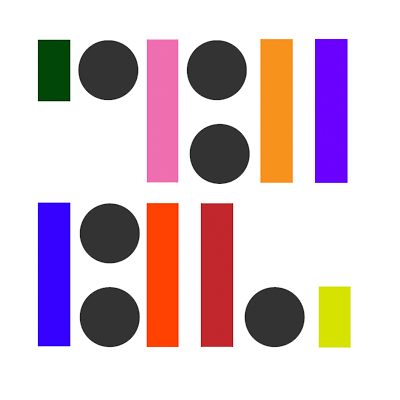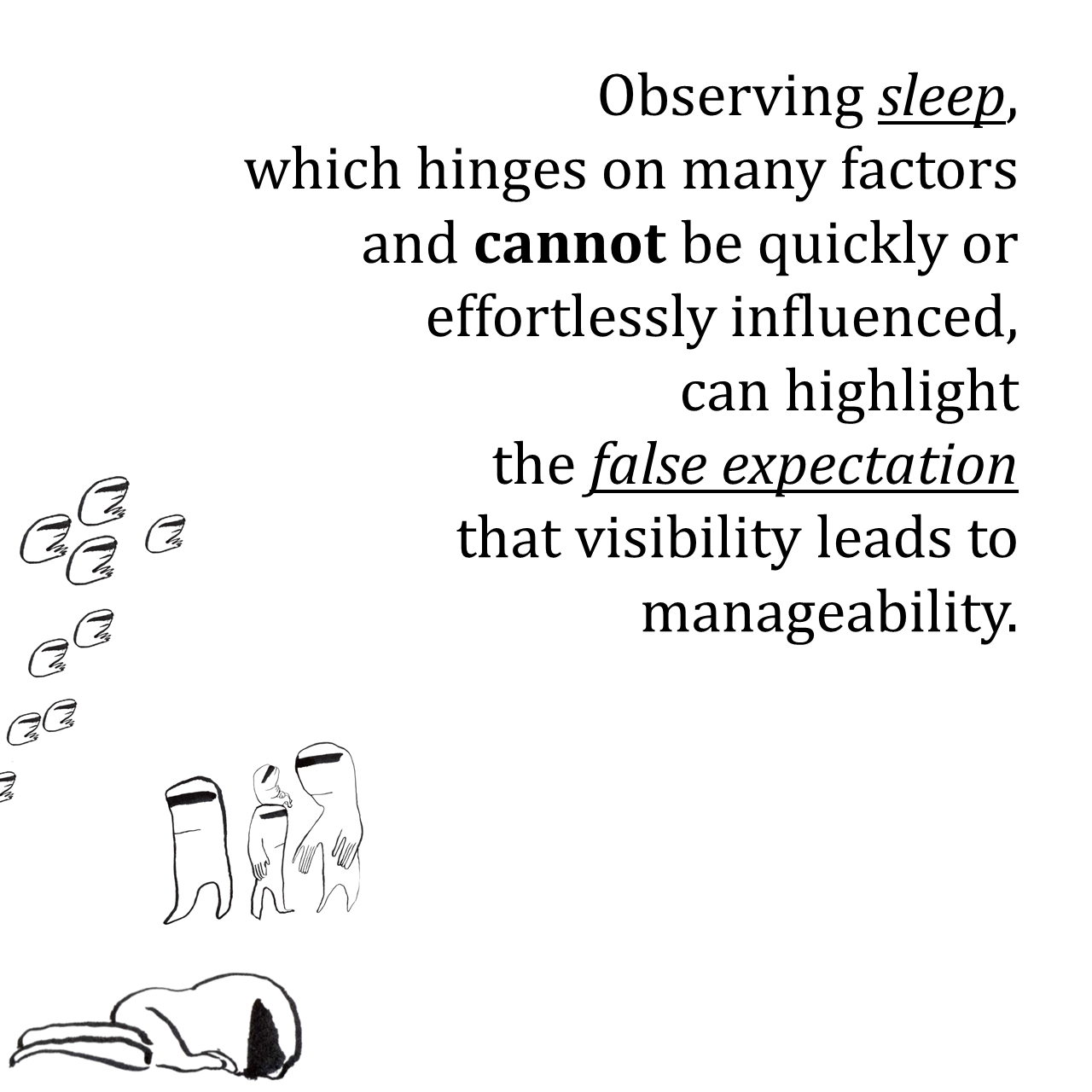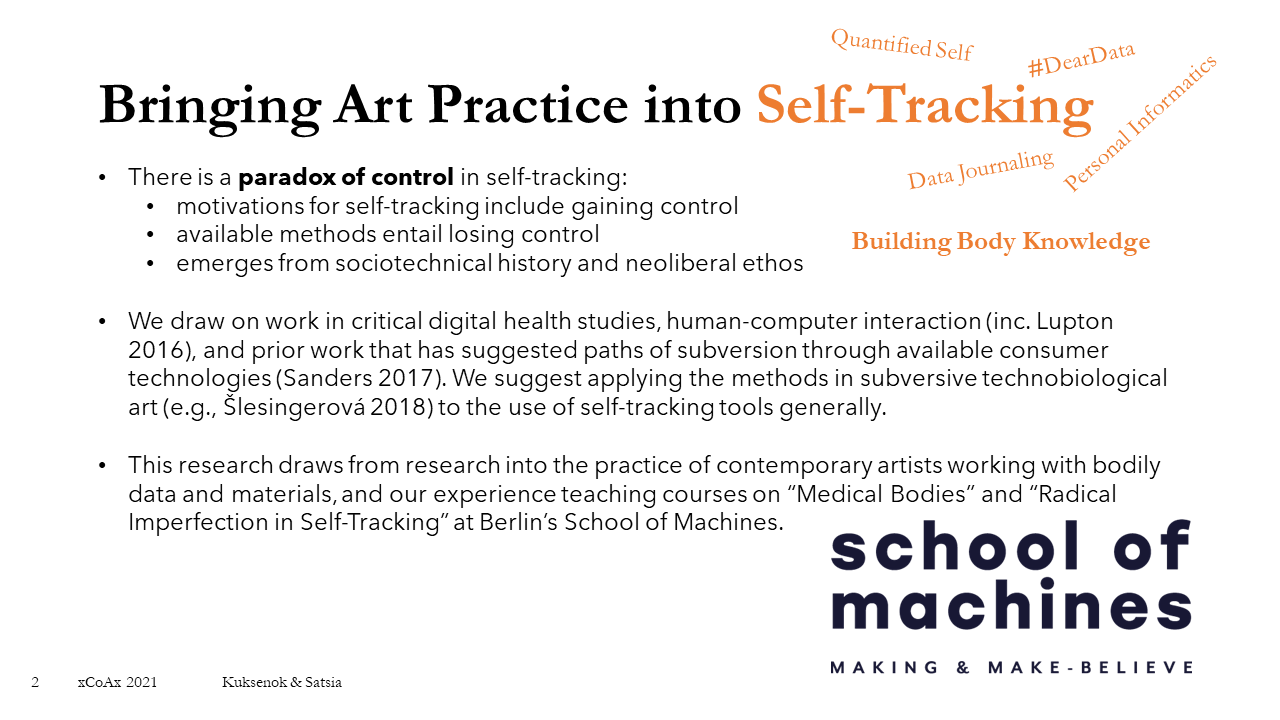interview with martha hipley
Artist and technology, Martha Hipley, was recently interviewed by Carlo de Gaetano about her upcoming class, Color and Accessibility. Along with her journeyman’s approach to commercial digital products and conceptual art, Martha also writes and self-publishes An Artist's Guide to Computation, a newsletter of resources for creatives of all kinds who engage with technology. Martha has exhibited work at Haus der elektronischen Künst, The Museum of Human Achievement, and enjoys paintings and video games, and always wants to be making more of both.
In Color and Accessibility which begins 27. April, Martha and her class will explore how color can be used playfully and intentionally to build meaningful digital experiences that resist the bland uniformity of minimal design trends, centering visual accessibility as a priority in our creative process.
In your course presentation, colours are strongly linked to emotions. In your memory, what's your first emotional contact with colour?
One of my most vivid early memories, from when I was about 2 years old, was from watching “Who Framed Roger Rabbit?” with some older cousins and being terrified by the scene where paint thinner is used to destroy a character. It was such an awful, lurid shade of green, and I remember being afraid to touch anything green for weeks! My aunt and uncle had wall-to-wall green carpet in part of their house at the time (very 90s!) and as far as I was concerned I couldn’t step on it because it must have the same evil power as that green in the film. There’s a certain sympathetic magic to colour that feels really instinctual to me.
You enjoy video games and painting, are they influencing each other in your personal experience?
Video games really interest me as a medium because there’s a balance you have to strike between your aesthetic vision and what is actually possible in terms of the tools you want to use. Some games that I think are extremely visually successful definitely have a painterly quality, rather than just trying to photo-replicate the real world but with dragons. Breath of the Wild, for example, isn’t striving for extreme realism so much as this really romantic plein air feeling, and it feels so lovely to wander in that world as a result. Good paintings pack so much information and emotion into a single image, looking to painting for inspiration is a savvy way to make the most of the least pixels.
Exploring colour as a reflection of the natural world sounds exciting. Where do you look for inspiration when you work with colours?
Even living in a big city, I feel lucky to be surrounded by a lot of lush, natural colour that is so tangible and exciting and part of the culture. We’re at the end of the jacaranda blossom season here in Mexico City, it’s about 2 months of the streets being painted purple every day from the flowers falling and being crushed into the pavement by pedestrians and cars. Even wearing a mask, you can smell the smashed flowers as soon as you step outside, it’s such an extreme clash of nature and urban life. There’s this direct link between the natural world as subject and the image of the natural world made with pigments from plants, insects and minerals that feels really present here, particularly in traditional artisan crafts.
I like the idea of pushing the limits of image-making. Can you tell us a bit more about those limits today?
So many of the images we make today, even if we make them with analog media, are designed to be seen on screens. Even if you make an oil painting on canvas, the majority of people who see it will probably see it on their Instagram feeds, and they’ll all be on different phones and computers, with different types of screens with different technical limitations for displaying light and color.
On top of that, every social media platform has its own algorithms for image compression- the same jpeg looks different on Twitter vs. Instagram because they actually store and present the image differently. Thanks to all this, there’s a tendency to think about how to make something look just ok on every screen with the least amount of work, instead of pushing for a more intentional experience. Maybe you want to make an image look just as rich and exciting on every screen and every platform, or maybe you want to use a really extreme palette that will be more visually challenging to understand in a particular context (horror video games and Goya’s Black Paintings are great at this), but both require some investigation into how screens transmit these images to our brains.
Color and Accessibility takes place 27. April - 25. May every Tuesday from 8 - 10pm CEST. To reserve your spot visit: https://www.eventbrite.com/e/color-and-accessibility-tickets-146605333499
Image description: This one of Marisa’s soft robots: “When thinking about simulating the natural world and inner workings of human body such as muscles for example research led me to the design and fabrication of inflatable soft sculptures. These sculptures are as otherwise known as ‘’soft robots’’ and are made from flexible silicone. Following the Soft robotics toolkit by the Harvard Biodesign Lab and the Fabricacademy’s open tutorials, I have managed to design and fabricate my own soft robots. Inspired by biodesign, nature, and the properties of living tissues and systems, this project was part of a two month artistic residency and is an introductory exploration of the potential and integration of soft robots in a visual and multidisciplinary art setting.”
Image description: Section from print book & layout from a project I started in Marisa’s Medical Bodies class in 2020. These images explore the human skin as an organ, and use altered photographs of reconstituted unusable food products.
Kit, do you think our collaboration and partnership has influenced your artistic practice and thinking? And if yes then in what way/ways?
Kit: Oh, definitely! I felt very intrigued by your class when I first signed up. I had no exposure to medical art or the anatomist approach to viewing the body; rather, I was very much seeing the human body as a data analyst, through numbers; and as a yoga practitioner, through movements and sensations. The anatomist perspective, and the ways in which contemporary art has expanded that, was totally inspiring. I ended up practicing figure drawing anatomy for a few months after that, too. From a history of science perspective, the way that the human body is understood is influenced so much by the technology we use! Talking with you about it inspired me to develop a much more visceral, hands-on experience of the “technology of seeing” through drawing, not just in a theoretical sense.
What are you most excited about in our upcoming course?
Marisa: I am really excited for building our own systems of observation and knowledge production of the data body, about asking unusual questions about our daily bodily existence, making and exploring a collective data set and coming up with new ways to make art about things we care about. What I did not mention earlier is that I love learning from the participants as well and this is another aspect I love about the classes and School of Machines in general.
What about yourself?
Kit: I'm really looking forward to the discussions, too! Every time I do any workshop on this subject, I am blown away by the creativity and curiosity of participants. Over the past year, I taught two other courses on personal data practice (Radical Imperfection in Self-Tracking and Radical Imperfection in Time-Tracking) and we had some fantastic discussions. Some ideas about data practice and community care came up then, already. So I'm really delighted that creating and exploring a collective dataset is a major topic in this course. Marisa and I have dedicated time in the plan for looking at how personal data practice relates to citizen science projects; and how the artistic approaches and principles of data feminism introduced in the rest of the course can inform working with larger, co-created datasets.






